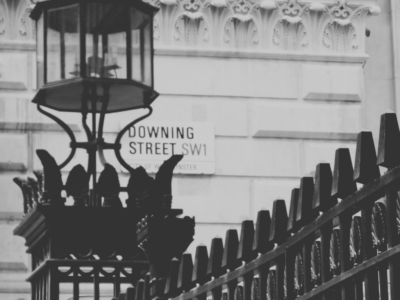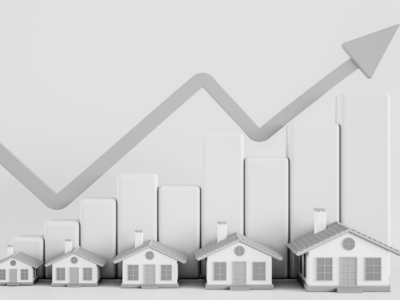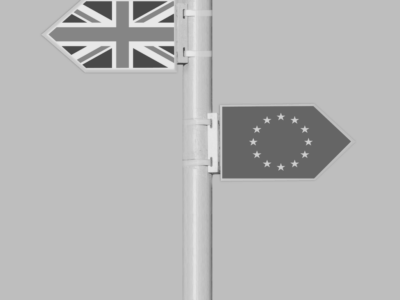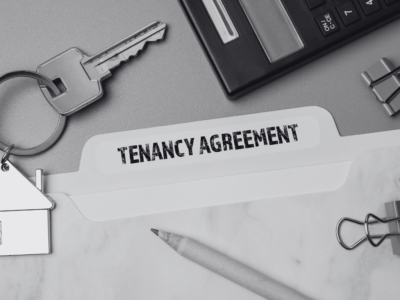Ahead of Rishi Sunak’s summer economic statement, the air was thick with speculation about what he might do. Would he provide a scrappage scheme for the car industry, hit by a bigger downturn than during the financial crisis? Would he announce a general cut in VAT, as Lord Alistair Darling did back then? What about a rescue package for struggling airlines?
As it turned out, and as had also been heavily hinted at, one of the chancellor’s big measures was a stamp duty cut, lifting the threshold on the duty to £500,000 until March 31 next. Along with hospitality, which got a targeted VAT cut and half-price meals paid for by the Treasury on some dates in August, housing was a big beneficiary.
This was significant, and it should be celebrated. It showed two things. The first is that the government is fully aware that if you want to boost the economy, and in particular the consumer spending that drives it, you need a vibrant housing market.
The second is that the government is serious about new housing supply, and its target of 300,000 additional homes a year. Housebuilding has bounced back significantly since the easing of lockdown on building sites but the concern in government was that this reflected the completion of previously started homes and sites, rather than the starting of new ones.
The worry was that, amid the economic uncertainty, the pipeline of new homes will soon come to an end. The signals from housebuilders have been mixed. Persimmon, ion a generally upbeat statement, said completed sales fell by a third in the first half of the year, from 7,584 to 4,900.
The chancellor, in justifying the stamp duty cut, noted that residential transactions in May were only half of those a year earlier. This was a little bit naughty. The housing market only reopened in the middle of the month and even this was enough to produce a 16% rise in transactions in May compared with April. But most in the housing market will not begrudge him his selectivity.
Not all buyers will pay zero stamp duty on purchases up to £500,000 of course. The 3% stamp duty premium will still apply to second home and buy-to-let landlords, implying a 3% rate up to £500,000 and 8% from £500,000 to £925,000. The rates up to £500,000 still represent a significant saving compared with the position prior to Sunak’s move.
Even so, the stamp duty cut is important for the housing market, both as a signal and an incentive, though like the chancellor’s other measures it will carry a significant deadweight cost. Some buyers will benefit from the stamp duty reduction who would have bought anyway. There is also a debate about whether reducing stamp duty has a bigger effect on activity or prices. The Institute for Fiscal Studies predicts that it will boost house prices.
A boost may be what house prices need. The Halifax reported that house prices fell in June for the fourth month in a row, the first such sequence since 2010, though it also noted a surge in mortgage enquiries, up 100% since May, even before the stamp duty cut.
The issue for the housing market is whether the stamp duty cut, combined with very low interest rates can offset the negative effects of the expected surge in unemployment as the government’s furlough scheme ends. The Royal Institution of Chartered Surveyors (RICS) described the stamp duty cut as a “vital short-term measure”. It came after its latest residential market survey described the next 12 months as “shrouded in caution”.
The Centre for Economics and Business Research (CEBR) says that the stamp duty cut will boost housing transactions by tens of thousands but is still cautious about the market. As it put it: “Notwithstanding the stamp duty holiday, CEBR forecasts that UK house prices will fall by 5.0% in 2020 and by a further 10.6% in 2021. The largest quarterly fall is expected to take place in Q4 2020, as a projected rise in unemployment together with the end of mortgage payment holidays will place a significant strain on the housing market.”
There is a lot to play for. The chancellor has helped, but has he helped enough?






















Comments